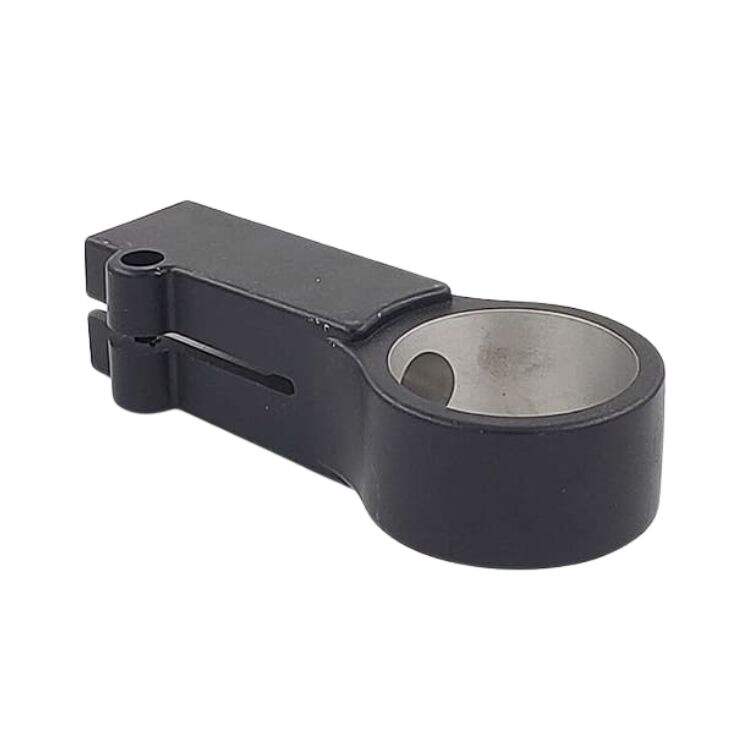When it comes to manufacturing things in metal, you have a few options of materials you might use: zinc, aluminum; magnesium. All of these materials can be die cast, a process in which metal is melted and then poured into a mold to create parts used in things like cars, toys and electronics. At Moldie, we have extensive knowledge on these Metals and how they behave during die casting. Let’s dissect the details and find out how zinc, aluminum, magnesium compares in terms of price, strength, and weight.
Zinc Die Casting
Zinc: Heavy, shiny metal that’s terrific at fighting rust. Zinc works well with die casting because it can stamp out very detailed parts and it doesn’t wear out the molds fast. That means you can reap multiple uses of the mold before it needs to be replaced. Zinc parts are with strong, ample bearing capacity, suitable for that High demanding Projects such as, for door handles or gears. Zinc is typically more costly than aluminum or magnesium because it is heavier and more expensive to ship.
Aluminum Die Casting Parts
How about zinc? Well, it’s heavier than aluminum and so it isn’t as good — at all — for making things that are both light and strong. Things cool fast in die casting, and with aluminum, that allows us to make parts fast. This metal isn’t as good as zinc at displaying intricate details, but it’s less expensive and still strong. Aluminum is good at standing up to heat and electricity, so it’s handy for electronic gizmos and car parts.
Magnesium Die Casting
Magnesium is the lightest among the three metals we’re discussing. It’s super lightweight and strong, that is why it is used in many of the things the world wants to be easy to carry about the person, such as laptops and cameras. Magnesium can be difficult to cast, due to it not being as easy to work with as zinc or aluminum, but it’s great for creating parts that need to be as lightweight as possible. Similar to aluminum, magnesium cools rapidly during casting, an attribute that aids in producing parts more quickly.
If you are deciding between the three, zinc die casting, aluminum and magnesium for your die casting project, you need to consider what is most important for you and your business. If you need top-of-the-line strength and detail, zinc could be the answer. If you’re in need of something durable but also lightweight and cost effective, aluminum may be a good option. And if you want your parts to be as lightweight as possible, magnesium is a good bet too.
Zinc, Aluminum, and Magnesium Die Casting - What’s the Difference?
The principal distinctions between metals in die casting are their weight, what the parts can look like, and how fast they can be manufactured. Zinc is the heaviest but provides excellent detail and durability. Aluminum offers a happy medium of strength and lightness. Magnesium is the lightest and quickest to cast, but it can be more costly and less detailed.
A Guide to Selection and Application
When deciding on which metal to use for your die casting project, take the time to consider what the parts will be used for. For bulky parts that must be long-lasting, zinc might be best. There are parts that have to be light and reasonably strong that might be made out of aluminum. If you want the lightest parts available, use magnesium.
Comparison of Cost, Strength, and Weight of Zinc, Aluminum, and Magnesium Die casting
Cost wise, zinc is the most expensive, magnesium next most expensive and aluminum is the least expensive material. In terms of strength, zinc is the best followed by aluminum and then magnesium die casting. And as for mass, magnesium is lightest, so best for anything that needs to be portable, while zinc is heaviest.
 EN
EN
 AR
AR
 BG
BG
 HR
HR
 CS
CS
 DA
DA
 NL
NL
 FI
FI
 FR
FR
 DE
DE
 EL
EL
 HI
HI
 IT
IT
 JA
JA
 KO
KO
 NO
NO
 PL
PL
 PT
PT
 RO
RO
 RU
RU
 ES
ES
 SV
SV
 LV
LV
 SR
SR
 SK
SK
 SL
SL
 UK
UK
 HU
HU
 TR
TR
 FA
FA
 MS
MS
 GA
GA
 CY
CY
 IS
IS
 HY
HY
 AZ
AZ
 KA
KA
 BS
BS
 LA
LA
 KY
KY




